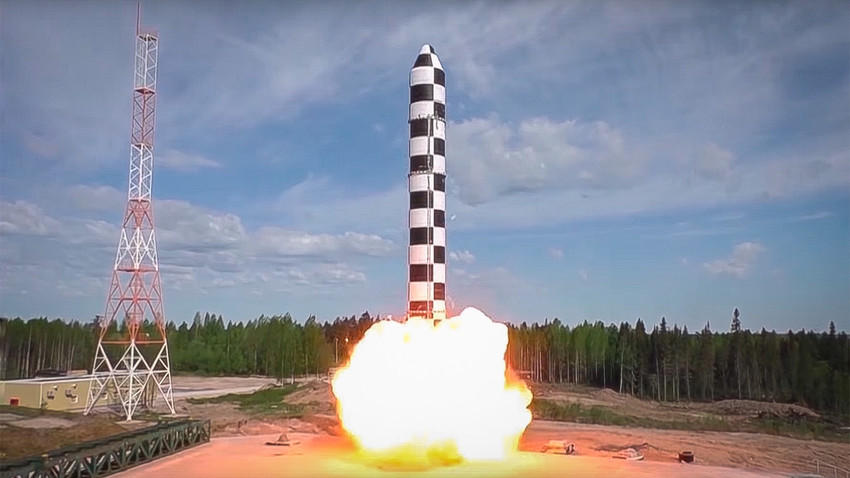First hypersonic “Putin” missiles to be sited in the Urals

The first RS-26 Avangard intercontinental ballistic missiles are set to be sited in the suburbs of Orenburg (1,200 km east of Moscow) as early as 2019, it was announced by the commander-in-chief of Russia’s Strategic Missile Troops (SMT), Sergey Karakaev.
According to Karakaev, the new missiles will significantly increase Russia’s nuclear power, since they are superior to the current missile defense systems of any potential foe.
What is the Avangard
“The missile hurtles towards the target like a meteorite, a fireball, yet is fully controllable at all times,” Russain president Vladimir Putin said in March 2018 on unveiling Russia’s new development to the world.
According to open sources, one hypersonic Avangard warhead packs a punch of 800-2,000 kilotons, comparable to an explosion roughly 130 times greater than Hiroshima. Russian media have yet to officially confirm this data. The projectile is believed to be 5.4 m long, with a top speed greater than Mach 20 (up to 24,000 km/h).
Another nuclear monster
It is due to enter service with the SMT after 2020, replacing the R-20V Voevoda, the heaviest and most fearsome strategic missile in the world, which weighs 211 tons with a throw-weight of 8.8 tons.
“It will differ from its progenitor not only in terms of its far lower
Litovkin added that instead of ten nuclear warheads, the Sarmat will carry no fewer than 15 independently targetable re-entry vehicles. They will be arranged according to the “bunch of grapes” principle, each having a capacity of 150-300 kilotons and able to separate from the “bunch” and home in on the target as pre-programmed in the warhead.
If using any of Russia Beyond's content, partly or in full, always provide an active hyperlink to the original material.
Subscribe
to our newsletter!
Get the week's best stories straight to your inbox